Conference
Program
DATEX USER FORUM
Digital Key to Future Mobility
- 09:30
Door opens and registration
- 11:00
Work in Home Teams & String Board

In your home team with about 4 other participants, you will discuss the Key for Future Mobility. What are the challenges DATEX II faces? What is needed for further standardisation? How can we organise ourselves as a community? You will do this in different sessions during the User Forum. Your suggestions and insights will be captured by physically attaching strings on a giant data board. And all this will lead to the ‘Declaration of Bucharest’.
- 11:15
Interactive panel session

Luka Krevs (Guest speaker)
The panel will discuss the importance of standardisation as a prerequisite to realise a European future of mobilisation. Also, the panel will exchange on how to connect to new user communities and support the network's growth. The panel will be interactive as participants will join on one two of the empty chairs. Our guest Luka Krevs, CEO of the Slovenian company Realis d.o.o, will fill also fill one of the chairs.
- 12:15
Work in Home Teams & String Board

In your home team you will discover the first questions you need to answer for the Key for Future Mobility. Will you define and find the code through the challenges DATEX II faces? But first: get to know one and other and the string board.
- 12:45
Lunch
- 14:00
Workshops round 1 (3 sessions)
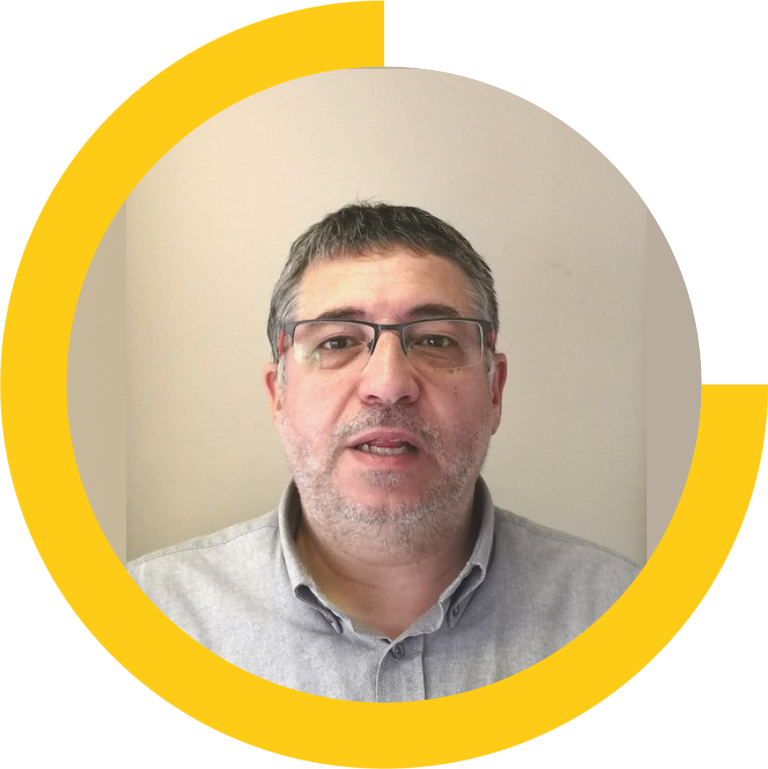
Harmonisation and collaboration are a challenge: Example with the localisation referencing systems
Workshop leader: Jean-Philippe Mechin
Get updated on the different collaborations of DATEX II and the interoperability of standards.
to achieve these objectives, a practical use case based on the localization repository will involve each of you in small groups. We will then share our results and learn more about the work being done within DATEX II to unify the future of standards.
...read moreDATEX@NAPs: Lessons Learned from Consuming DATEX II from NAPs Across Europe
Workshop leader: Jan Vlčinský
DATEX@NAPs is like an extensive travel journal documenting our journey across all EU countries and their NAPs.
Consumers will find links to NAPs, XML samples and schemas, audited protocols, and other technical resources. Providers will discover a rich set of hints and best practices, while their managers will receive a checklist and requirements to help their staff become even better data providers. DATEX@NAPs is a study conducted by TamTam Research s.r.o. (Czechia) and CERTH (Greece).
...read more
Unlocking DATEX II - Shock self-training for beginners
Workshop leaders: Renan Perrot
Nicolas Marcon will participate the session with Renan.
If you know little or nothing about DATEX II, come and learn for yourself under our supervision
and you will be ready for life. As Confucius probably said: “Give a man a fish, and you feed him for a day. Teach a man to fish, and you feed him for a lifetime.
...read more- 15:00
Coffee break
- 15:30
Workshops round 2 (3 sessions)

DATEX II: the strategic asset for your future mobility
Workshop leader: Bard de Vries
DATEX II is the reference data standard in the EU for road traffic and travel information. To harvest the benefits of
digitalization in your domain using DATEX II is a good first step, but engaging in the further development is an important follow up. Once you consider DATEX II as a strategic building block to achieve your policy aims with regard to traffic management, public space operations, EV-charging and parking operations, the full power of DATEX II becomes available. Especially the European scale, harmonisation and alignment with adjoining (service specific) domains will be beneficial to you becoming compliant with the EU regulations. This session will show you how and demonstrate that engagement in the EU DATEX II community will support your aims with regard to digital services on a substantial scale!
...read more
Align with European Regulations - Local Actions for Future Mobility
Workshop leader: Martin van Ekelenburg
We will shortly dive into regulatory and policy aspects of European legislation and show you
extensively how DATEX II can support compliance with Delegated Regulation and ITS Directive requirements through the use of minimum European profiles, facilitating seamless data exchange and ensuring regulatory adherence. Please bring your computer if possible.
...read more
Tie it all together with DATEX II and create a one-stop shop for all of your data feeds.
Workshop leader: Gottfried Allmer
Together with experts from various National Road Operators we will take a look at several currently operating data hubs.
We will discuss the various approaches they took to overcome the nightmare of unifying seemingly incompatible legacy data inputs. In general, the implementation of a data hub on top of legacy systems always requires similar implementation modules. The ‘magic’ lies in the correct partitioning, ordering and prioritizing of the modules and sticking to overriding concepts. We will gain insights by doing some intuitive and improvised re-arranging of modules on the drawing board and discussing the pros and cons with forum attendees.
...read more- 16:30
Work in Home Teams & String Board

In your home team, you will discuss the challenges for the further grow of DATEX II and visualise them on the string board together with all the other team.
- 17:15
"Cocktail Reception" Location: Marriot Hall
- 09:30
Door opens
- 10:00
Opening
- 10:30
Workshops round 3 (3 sessions + coffee)
Creating a trustworthy framework for the traffic rules and regulations of the road.
Workshop leaders: Paal Aaserud and Kjersti Leiren Boag
Bard de Vries
Create awareness and understanding of management of traffic regulations (METR)
in an interactive way through group discussions touching topics like interoperability, machine readable dissemination and security.
...read moreHands-on model-making and profiling
Workshop leader: Ian Cornwell
Please bring your computer if possible. Ian will explain the workflow for extending and profiling the DATEX II UML model,
then in pairs or small groups we will perform the workflow on our computers. Starting with the DATEX II UML model, you will learn how to select the things that you need for your DATEX II services, and how to create compliant and interoperable extensions for your specific local needs. You will learn how to use the DATEX II schema wizard to produce profiled schemas that can be used in your services or specifications.
...read moreBuilding the Future: A Hands-On Journey Through DATEX II
Workshop leader: Jonas Jäderberg
In this workshop, we will engage in hands-on coding to build a simple DATEX II server and client.
We will go through the steps from beginning to end, focusing on key aspects from a DATEX II developer’s perspective. Participants will work in groups. Please bring your laptop and ensure you have a GitHub account that allows you to create Codespaces (all free accounts have this feature).
...read more- 12:15
Work in Home Teams and String Board

In your home team, after having identified the challenges it’s time to move towards the creating the Key for Future Mobillty. What solutions would you identify? The string board you will fill will provide us with data and information.
- 12:45
Lunch
- 14:00
Workshops round 4 (3 sessions)
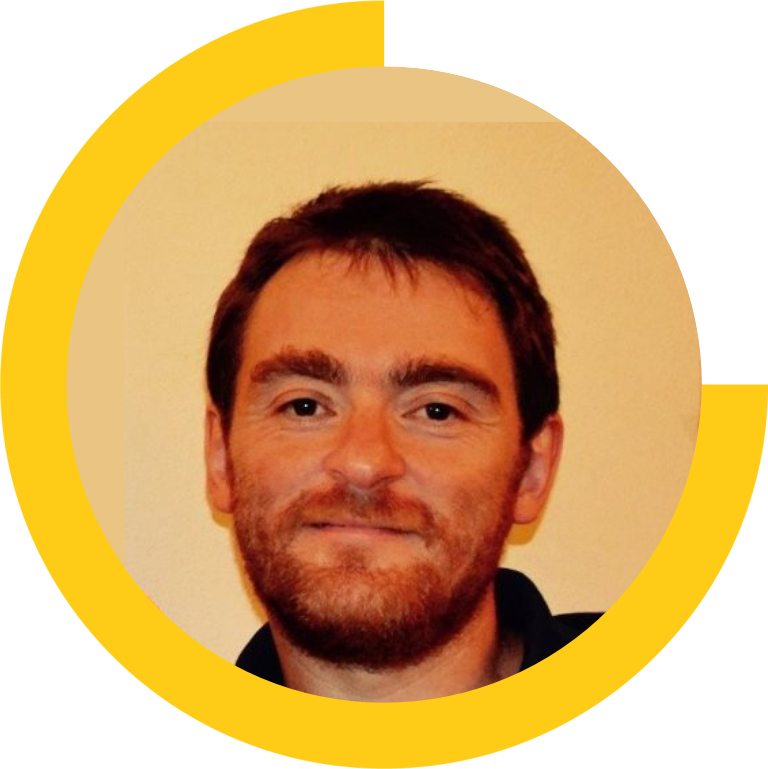
Secure your digital key: cybersecurity & trust for executives
Workshop leader: Massimiliano Masi
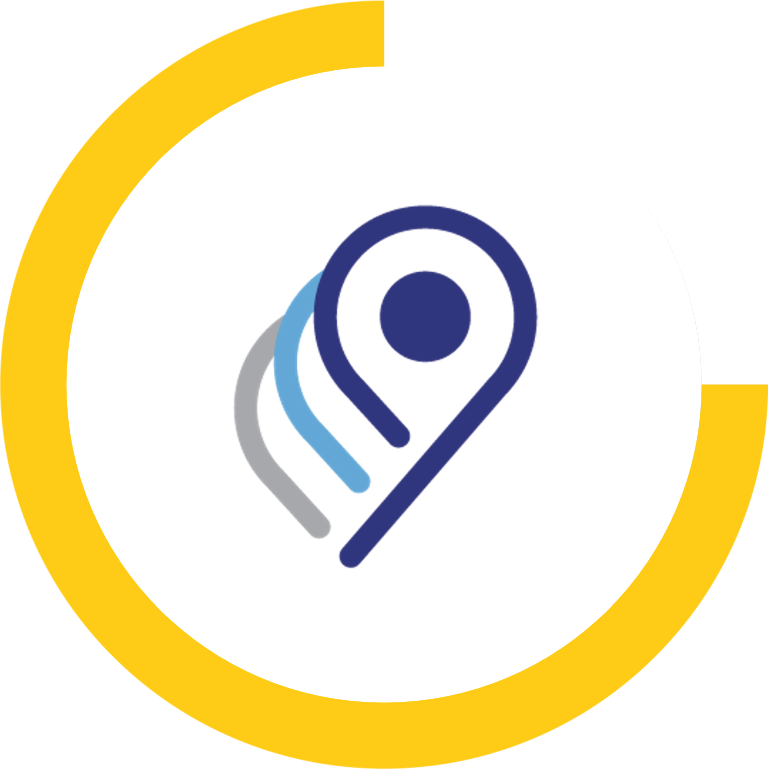
Exploring new technology options: OpenAPI and JSON
Workshop leader: Ian Cornwell
Jonas Jäderberg will co-lead this workshop
Ian and Jonas will describe the support for JSON and OpenAPI which is now built into the DATEX II tool set,
then in pairs or small groups we will generate code on our computers. We will look inside the JSON schemas generated by the DATEX II schema wizard, to see the kinds of constructs produced. We will take the JSON schema content and add further information to produce the definition of an API, using OpenAPI. You will then generate code that can be used in a service. We will cover Java and C#, depending on participants’ experience. If possible, please bring your computer with a git-hub account that is not prevented from using codespaces by enterprise policies.
...read more- 15:30
Coffee break
- 16:00
Work in Home Teams and String Board

In your home team you will now craft recommendations. What recommendations are for you the most important ones to pursue as a network?
- 16:45
Closing of the day
- 17:00
End
- 18:00
Social Event
- 19:00
- 09:30
Door opens
- 10:00
Opening
- 10:15
Work in Home Teams and String Board

In your home team you take the last step toward the Key for Future Mobility. From all the recommendations, which one would you chose? Watch as the latest position of the string board is getting filled with strings and see the Key appearing.
- 10:45
Coffee break
- 11:00
Workshops round 5 (2 sessions)
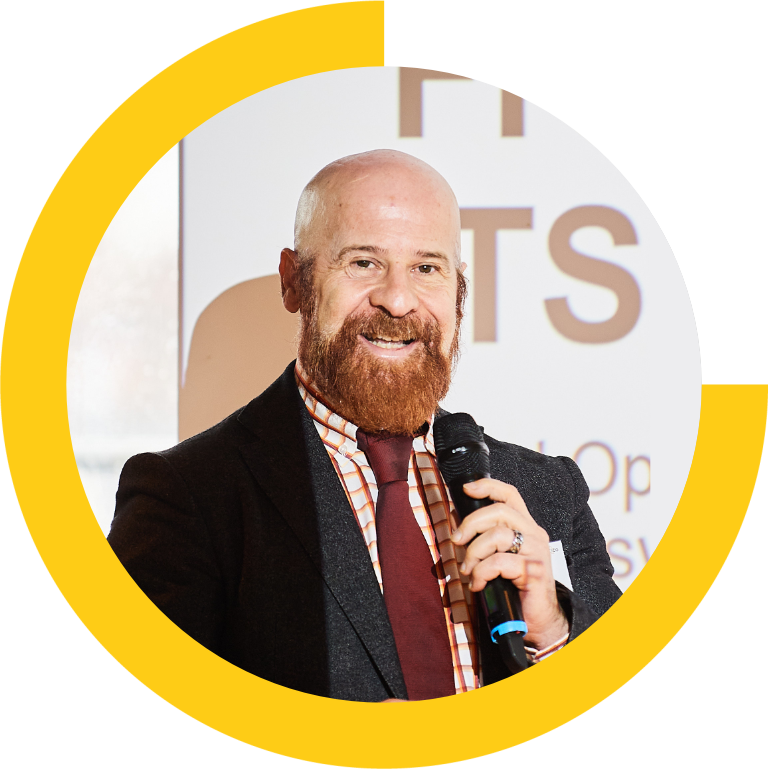
The NAP-centric Ecosystem driving the Mobility Services landscape
Workshop leader: Fabrizio Paoletti
ITS Services are created for various domains with shared goals and objectives but unique characteristics.
To achieve interoperability, technology and security issues must be resolved, and stakeholders need to achieve a common understanding. The NAPCORE community supports a NAP-centric vision based on EU legislation to enable ITS Services interoperability, aiming for global orchestration.
...read more
Exploring the future of DATEX II
Workshop leader: Jörg Freudenstein
The workshop is done together with Ian, Paal and Jonas
We will present planned and envisaged methodologies and features of DATEX II,
and the participants are engaged to bring in their own ideas for the future development. On a practical technical example, we will show some planned possibilities of the DATEX II version 4 methodology like Entities and APIs. Filtering requests will be served by a test server, so that participants can re-enact at home.
...read more- 12:15
Closing plenary
In the plenary, we will look at the Key for Future Mobility and reflect on its importance. It’s our ‘Declaration of Bucharest’. Will it bring us closer to the future we want and need?
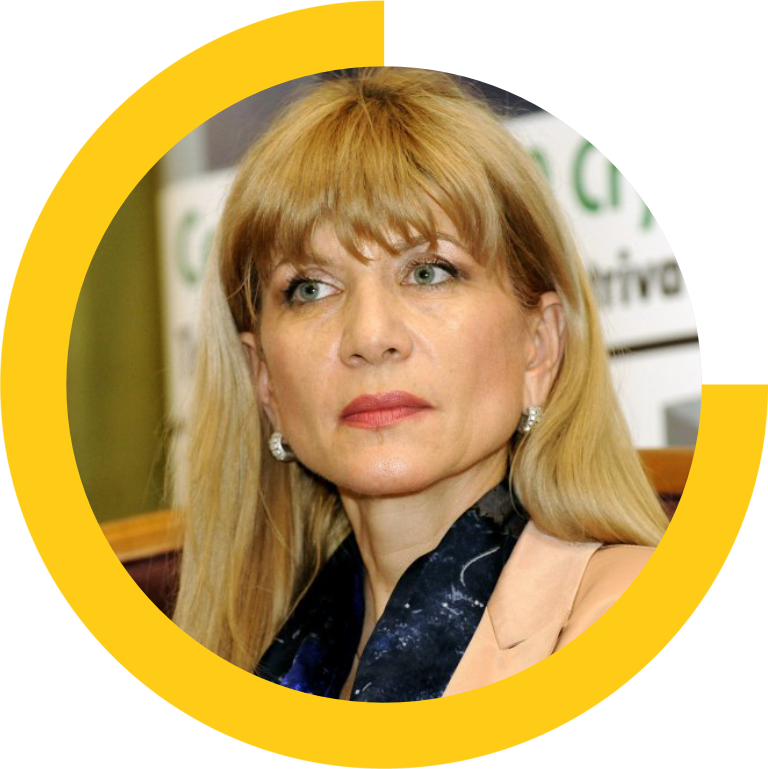
Mariana Ioniță
Secretary General at Ministry of Transport and Infrastructure from Romania will participate in the discussion before she opens the door to Future Mobility with the Key.
- 13:00
Lunch
- 14:00
Closing of the day - END
Workshop Coordinators

Jörg Freudenstein
Jörg Freudenstein from Germany is working for more than 10 years in the standardisation and maintenance of DATEX II and even longer in the field of (C-)ITS. He is also involved in the technical support of the German NAP Mobilithek. He loves to play boardgames during long weekends.

Ian Cornwell
Ian Cornwell from Mott MacDonald has represented UK in DATEX II developments since 2013 on behalf of England’s National Highways and collaborated technically with the DATEX II community since its inception. He participated in the birth of Model Driven Architecture at the OMG in 2001. He leads Mott MacDonald’s software development community globally, and still enjoys programming in Java when he gets the chance. He has a PhD applying AI, and is a Fellow of BCS, the Chartered Institute for IT.
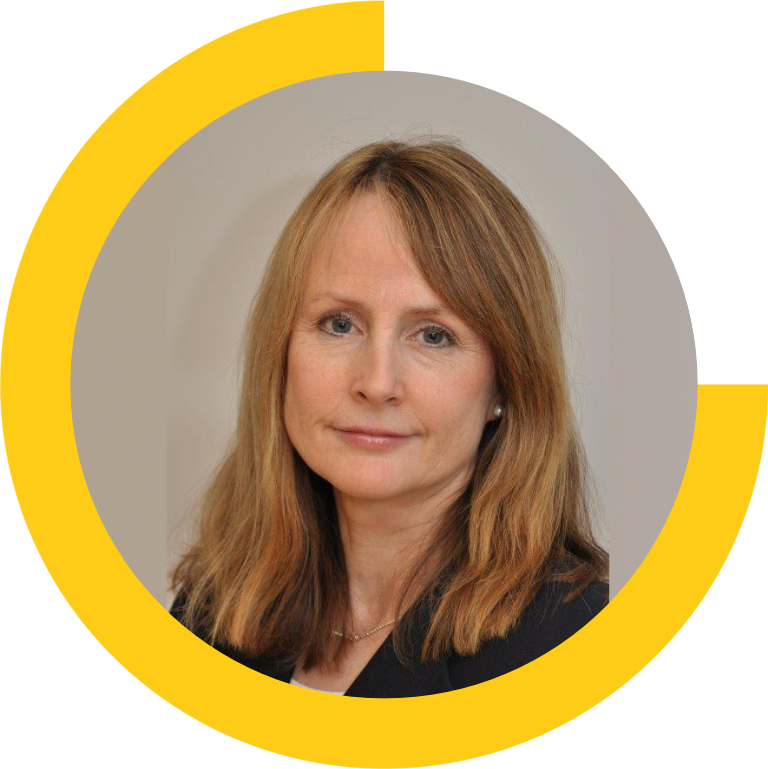
Kjersti Leiren Boag
Kjersti Leiren Boag is a Senior Adviser for ITS in the Norwegian Public Roads Administration. From 2010 to 2021 she was project manager and responsible for the deployment of DATEX II in Norway. She is currently project manager for METR in Norway and is also a member of NAPCORE 4.1. Kjersti is a keen mountain skier and a qualified 6th Dan Karate instructor.

Paal Aaserud
Paal Aaserud has worked with automation and control in motorway control and tunnel systems, specialising in traffic management since 2008. Is currently an advisor and architect for the Norwegian Public Road Administration (NPRA) and are working on behalf of NPRA with the DATEX-standard in the EU project NAPCORE and CEN TC278/WG8. Paal loves playing flight simulator in real-time and enjoys off-piste skiing.

Jan Vlčinský - TamTam Research s.r.o.
Jan constantly searches for ways to make traffic information exchange and distribution an easy experience for everyone. He has led the development of such systems since 2000, with a recent focus on standardisation (DATEX II), quality evaluation, and monitoring. In his free time, Jan enjoys talking to strangers (mostly on trains) and moderating groups, which often feels like the same thing!

Jonas Jäderberg
Jonas Jäderberg is an IT architect and developer from Sweden with over 20 years of experience in DATEX II. Passionate about solving IT problems and finding innovative solutions, Jonas also enjoys skiing, both cross-country and Telemark.

Renan Perrot
Renan has started his career in the ecological French ministry in the field of water policing before joining Cerema, a French public establishment, where he was in charge on road safety and traffic data collection studies, before moving on to the ITS field in the end of 2020. Renan began by joining DATEX II team during the PSA-DATEX II project, followed by multiple European and national projects as FENIX, C-ROADS, InDiD or NAPCORE. And for the last 15 months, Renan’s greatest joy in life has been looking after his daughter.

Nicolas Marcon
Nicolas joined the Ministry of Ecology in 2003. For almost 20 years, he worked in the IT field on crisis management and road transport projects, specialising in project management. Nicolas was involved in the French road transport information system and the European ERRU project (European Register of Road Transport Undertakings). In July 2023, he joined Cerema's Mobility Department in Aix-en-Provence as ITS and Information System Manager. Nicolas started these new missions by working on the NAPCORE-DATEX II project and the eFTI project (electronic Freight Transport Information).

Jean-Philippe Mechin
For over 40 years, Jean-Philippe has served the public interest as a civil servant and civil engineer. As a road designer, he worked in both France and Germany. Along with a team of 50 colleagues, he operated a network of 1,000 km of departmental and municipal roads. He then managed the database of Bison Futé, the National French real-time traffic information public website. For the past 20 years, traffic information, ITS, and C-ITS have been a significant part of his daily involvement in numerous French and European projects. Cooking is Jean-Philippe's way of taking his mind off things, and he enjoys sharing good meals with friends and colleagues.

Bard de Vries
Bard de Vries, from the Netherlands, serves as the Lead Information Architect at NDW, a pivotal organisation dedicated to managing data needs of the road transport ecosystem contributing to safe, efficient and sustainable transport. A key aspect of his role is the development of an interoperable European mobility data ecosystem, supported by a coherent architecture and data exchange standards. In this context he chairs the DATEX II Change Management Board, overseeing its strategic direction to act as the e-language for road and traffic data. In his free time, Bard enjoys spending quality time with family and friends and is passionate about golf and hockey.

Martin van Ekelenburg
Martin van Ekelenburg from the Netherlands, is an information architect specialising in the standardisation of data flows, particularly DATEX II. His work focuses promoting efficient collaboration among stakeholders in the traffic and mobility sector. He has been involved in DATEX II since 2016 for the Netherlands and is currently the Chair of DATEX II Technical Board. He is also involved in the Data for Road Safety project. In his spare time, Martin is a futsal goalkeeper, enjoys playing a round of golf, or watching some movies. As one of the few Europeans he really likes to watch American Football.

Gottfried Allmer
Gottfried Allmer, born 1964 in Vienna, Austria. Holds a Master of Physics from Vienna University of Technology and works as product and project manager for Austria’s highway operator ASFINAG. Has a background in Software for Traffic Control Centres with requirements for real time and safety criticality. Currently involved in the online data transfer between highway infrastructure and automotive, seen as essential for the implementation of Automated Driving.

Massimiliano Masi
Massimiliano Masi received his M.Sc. and Ph.D. in Computer Science from the University of Florence, specialising in Formal Methods for Cybersecurity. He has worked in Cybersecurity for Critical Infrastructures since 2007, participating in major projects with over 30 organisations across the EU, US and Africa. With over 15 years of experience in eHealth, Dr. Masi has served as an expert for ENISA, the EU, and the Austrian Ministry of Health. Currently, he is the Head of Cybersecurity Engineering at Autostrade Per L'Italia, overseeing the security of OT systems including tunnels, tolling, and traffic management.

Fabrizio Paoletti
Fabrizio Paoletti, electronic engineer had worked in TCC application development for Autostrade per l'Italia since 1992. In 2003 he joined the DATEX II community actively participating since today. He's part of CEN and ISO ITS standardisation Committes. He's also a trained counselor as Ingegnere di Felicità and active as gay father LGBTQI+ activist in Italy, today supporting his company dedicated DEI group and equality policies in ITS services development.

Ruben van der Laan
Ruben facilitates change processes, conferences and workshops. He inspires groups and organisations to try, experiment and find new approaches in dealing with the increasing complexity around them. Ruben works internationally, leading groups in the public, private and ngo sector.

Paal Aaserud
Paal Aaserud has worked with automation and control in motorway control and tunnel systems, specialising in traffic management since 2008. Is currently an advisor and architect for the Norwegian Public Road Administration (NPRA) and are working on behalf of NPRA with the DATEX-standard in the EU project NAPCORE and CEN TC278/WG8. Paal loves playing flight simulator in real-time and enjoys off-piste skiing.
Guests

Luka Krevs
Luka is CEO of the Slovenian company REALIS with more than 25 years of experience in IT and is supporting Slovenian and Croatian NAP's in different international projects with emphasis on exchanging traffic data using DATEX II and multimodal project using OJP, NeTEx and SIRI. He is also a member of steering board and Products and Innovation Committee chair at TISA.

Frank Daems
Frank holds a Master’s degree in civil engineering, micro electronics and telecommunications from KU Leuven, Belgium. Before joining ERTICO in 2018, he worked as R&D and Innovation Manager at Philips Consumer Electronics, Product Management Director at Intellect and Business Development Director for connected cars at NXP Semiconductors. His expertise includes Connected and Automated Driving, Transport & Logistics and the Mobility Data Space. He coordinates ERTICO's TN-ITS Innovation Platform, is active in NAPCORE, EMDS, EDIC and leads the new EAVP (Enhancing Automated Valet Parking) ERTICO platform. Frank is fluent in French, Dutch, English and speaks some German.

Ruben van der Laan
Ruben facilitates change processes, conferences and workshops. He inspires groups and organisations to try, experiment and find new approaches in dealing with the increasing complexity around them. Ruben works internationally, leading groups in the public, private and ngo sector.

Paal Aaserud
Paal Aaserud has worked with automation and control in motorway control and tunnel systems, specialising in traffic management since 2008. Is currently an advisor and architect for the Norwegian Public Road Administration (NPRA) and are working on behalf of NPRA with the DATEX-standard in the EU project NAPCORE and CEN TC278/WG8. Paal loves playing flight simulator in real-time and enjoys off-piste skiing.
Frequently Asked Questions
- 09:30
Door opens and registration
- 10:30
- 11:00
Work in Home Teams & String Board
In your home team with about 4 other participants, you will discuss the Key for Future Mobility. What are the challenges DATEX II faces? What is needed for further standardisation? How can we organise ourselves as a community? You will do this in different sessions during the User Forum. Your suggestions and insights will be captured by physically attaching strings on a giant data board. And all this will lead to the ‘Declaration of Bucharest’.
- 11:15
Keynote and panel discussion
- 12:15
Work in Home Teams & String Board
In your home team with about 4 other participants, you will discuss the Key for Future Mobility. What are the challenges DATEX II faces? What is needed for further standardisation? How can we organise ourselves as a community? You will do this in different sessions during the User Forum. Your suggestions and insights will be captured by physically attaching strings on a giant data board. And all this will lead to the ‘Declaration of Bucharest’.
- 12:45
Lunch
- 14:00
Workshops round 1 (3 sessions)
DATEX@NAPs: Lessons Learned from Consuming DATEX II from NAPs Across Europe
Workshop leader: Jan Vlčinský
DATEX@NAPs is like an extensive travel journal documenting our journey across all EU countries and their NAPs.
Consumers will find links to NAPs, XML samples and schemas, audited protocols, and other technical resources. Providers will discover a rich set of hints and best practices, while their managers will receive a checklist and requirements to help their staff become even better data providers. DATEX@NAPs is a study conducted by TamTam Research s.r.o. (Czechia) and CERTH (Greece).
...read moreUnlocking DATEX II - Shocked self-training for beginners
Workshop leaders: Renan Perrot
Nicolas Marcon will participate the session with Renan.
If you know little or nothing about DATEX II, come and learn for yourself under our supervision
and you will be ready for life. As Confucius probably said: “Give a man a fish, and you feed him for a day. Teach a man to fish, and you feed him for a lifetime.
...read more- 15:00
Coffee break
- 15:30
Workshops round 2 (3 sessions)
DATEX II: the strategic asset for your future mobility
Workshop leader: Bard de Vries
DATEX II is the reference data standard in the EU for road traffic and travel information. To harvest the benefits of
digitalization in your domain using DATEX II is a good first step, but engaging in the further development is an important follow up. Once you consider DATEX II as a strategic building block to achieve your policy aims with regard to traffic management, public space operations, EV-charging and parking operations, the full power of DATEX II becomes available. Especially the European scale, harmonisation and alignment with adjoining (service specific) domains will be beneficial to you becoming compliant with the EU regulations. This session will show you how and demonstrate that engagement in the EU DATEX II community will support your aims with regard to digital services on a substantial scale!
...read moreAlign with European Regulations - Local Actions for Future Mobility
Discover how DATEX II can assist you in implementing requirements from the delegated regulations using minimum European profiles
Learn how other developers found the key to DATEX II
Experts will show you how to write code in DATEX II
- 16:30
Work in Home Teams & String Board
In your home team with about 4 other participants, you will discuss the Key for Future Mobility. What are the challenges DATEX II faces? What is needed for further standardisation? How can we organise ourselves as a community? You will do this in different sessions during the User Forum. Your suggestions and insights will be captured by physically attaching strings on a giant data board. And all this will lead to the ‘Declaration of Bucharest’.
- 17:15
End
- 09:30
Door opens and registration
- 10:30
- 11:00
Work in Home Teams & String Board
In your home team with about 4 other participants, you will discuss the Key for Future Mobility. What are the challenges DATEX II faces? What is needed for further standardisation? How can we organise ourselves as a community? You will do this in different sessions during the User Forum. Your suggestions and insights will be captured by physically attaching strings on a giant data board. And all this will lead to the ‘Declaration of Bucharest’.
- 11:15
Keynote and panel discussion
- 12:15
Work in Home Teams & String Board
In your home team with about 4 other participants, you will discuss the Key for Future Mobility. What are the challenges DATEX II faces? What is needed for further standardisation? How can we organise ourselves as a community? You will do this in different sessions during the User Forum. Your suggestions and insights will be captured by physically attaching strings on a giant data board. And all this will lead to the ‘Declaration of Bucharest’.
- 12:45
Lunch
- 14:00
Workshops round 1 (3 sessions)
DATEX@NAPs: Lessons Learned from Consuming DATEX II from NAPs Across Europe
Workshop leader: Jan Vlčinský
DATEX@NAPs is like an extensive travel journal documenting our journey across all EU countries and their NAPs.
Consumers will find links to NAPs, XML samples and schemas, audited protocols, and other technical resources. Providers will discover a rich set of hints and best practices, while their managers will receive a checklist and requirements to help their staff become even better data providers. DATEX@NAPs is a study conducted by TamTam Research s.r.o. (Czechia) and CERTH (Greece).
...read moreUnlocking DATEX II - Shocked self-training for beginners
Workshop leaders: Renan Perrot
Nicolas Marcon will participate the session with Renan.
If you know little or nothing about DATEX II, come and learn for yourself under our supervision
and you will be ready for life. As Confucius probably said: “Give a man a fish, and you feed him for a day. Teach a man to fish, and you feed him for a lifetime.
...read more- 15:00
Coffee break
- 15:30
Workshops round 2 (3 sessions)
DATEX II: the strategic asset for your future mobility
Workshop leader: Bard de Vries
DATEX II is the reference data standard in the EU for road traffic and travel information. To harvest the benefits of
digitalization in your domain using DATEX II is a good first step, but engaging in the further development is an important follow up. Once you consider DATEX II as a strategic building block to achieve your policy aims with regard to traffic management, public space operations, EV-charging and parking operations, the full power of DATEX II becomes available. Especially the European scale, harmonisation and alignment with adjoining (service specific) domains will be beneficial to you becoming compliant with the EU regulations. This session will show you how and demonstrate that engagement in the EU DATEX II community will support your aims with regard to digital services on a substantial scale!
...read moreAlign with European Regulations - Local Actions for Future Mobility
Discover how DATEX II can assist you in implementing requirements from the delegated regulations using minimum European profiles
Learn how other developers found the key to DATEX II
Experts will show you how to write code in DATEX II
- 16:30
Work in Home Teams & String Board
In your home team with about 4 other participants, you will discuss the Key for Future Mobility. What are the challenges DATEX II faces? What is needed for further standardisation? How can we organise ourselves as a community? You will do this in different sessions during the User Forum. Your suggestions and insights will be captured by physically attaching strings on a giant data board. And all this will lead to the ‘Declaration of Bucharest’.
- 17:15
End
- 09:30
Door opens and registration
- 10:30
- 11:00
Work in Home Teams & String Board
In your home team with about 4 other participants, you will discuss the Key for Future Mobility. What are the challenges DATEX II faces? What is needed for further standardisation? How can we organise ourselves as a community? You will do this in different sessions during the User Forum. Your suggestions and insights will be captured by physically attaching strings on a giant data board. And all this will lead to the ‘Declaration of Bucharest’.
- 11:15
Keynote and panel discussion
- 12:15
Work in Home Teams & String Board
In your home team with about 4 other participants, you will discuss the Key for Future Mobility. What are the challenges DATEX II faces? What is needed for further standardisation? How can we organise ourselves as a community? You will do this in different sessions during the User Forum. Your suggestions and insights will be captured by physically attaching strings on a giant data board. And all this will lead to the ‘Declaration of Bucharest’.
- 12:45
Lunch
- 14:00
Workshops round 1 (3 sessions)
DATEX@NAPs: Lessons Learned from Consuming DATEX II from NAPs Across Europe
Workshop leader: Jan Vlčinský
DATEX@NAPs is like an extensive travel journal documenting our journey across all EU countries and their NAPs.
Consumers will find links to NAPs, XML samples and schemas, audited protocols, and other technical resources. Providers will discover a rich set of hints and best practices, while their managers will receive a checklist and requirements to help their staff become even better data providers. DATEX@NAPs is a study conducted by TamTam Research s.r.o. (Czechia) and CERTH (Greece).
...read moreUnlocking DATEX II - Shocked self-training for beginners
Workshop leaders: Renan Perrot
Nicolas Marcon will participate the session with Renan.
If you know little or nothing about DATEX II, come and learn for yourself under our supervision
and you will be ready for life. As Confucius probably said: “Give a man a fish, and you feed him for a day. Teach a man to fish, and you feed him for a lifetime.
...read more- 15:00
Coffee break
- 15:30
Workshops round 2 (3 sessions)
DATEX II: the strategic asset for your future mobility
Workshop leader: Bard de Vries
DATEX II is the reference data standard in the EU for road traffic and travel information. To harvest the benefits of
digitalization in your domain using DATEX II is a good first step, but engaging in the further development is an important follow up. Once you consider DATEX II as a strategic building block to achieve your policy aims with regard to traffic management, public space operations, EV-charging and parking operations, the full power of DATEX II becomes available. Especially the European scale, harmonisation and alignment with adjoining (service specific) domains will be beneficial to you becoming compliant with the EU regulations. This session will show you how and demonstrate that engagement in the EU DATEX II community will support your aims with regard to digital services on a substantial scale!
...read moreAlign with European Regulations - Local Actions for Future Mobility
Discover how DATEX II can assist you in implementing requirements from the delegated regulations using minimum European profiles
Learn how other developers found the key to DATEX II
Experts will show you how to write code in DATEX II
- 16:30
Work in Home Teams & String Board
In your home team with about 4 other participants, you will discuss the Key for Future Mobility. What are the challenges DATEX II faces? What is needed for further standardisation? How can we organise ourselves as a community? You will do this in different sessions during the User Forum. Your suggestions and insights will be captured by physically attaching strings on a giant data board. And all this will lead to the ‘Declaration of Bucharest’.
- 17:15





